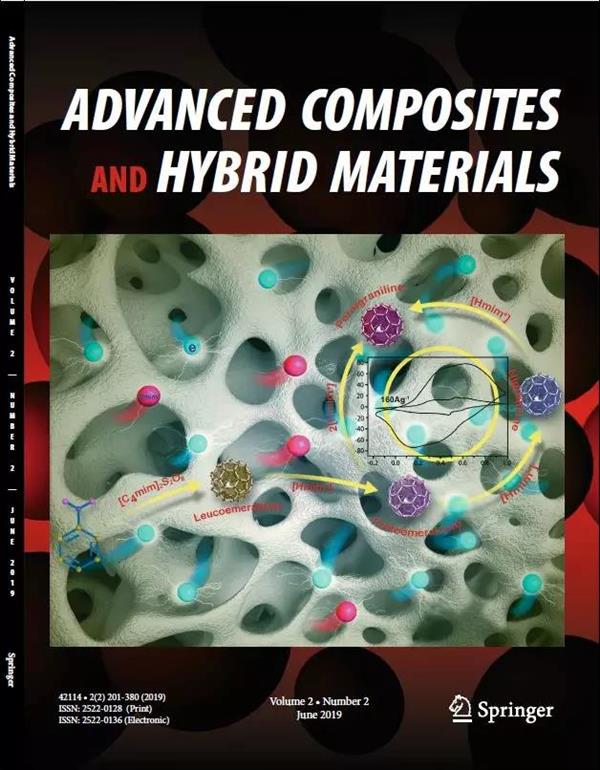Intrinsically conductive and highly stretchable liquid metal/carbon nanotube/elastomer composites for strain sensing and electromagnetic wave absorption
Abstract
Wearable strain sensors translate mechanical deformations into electrical signals for healthcare monitoring. However, the limited ductility of conductive metals and polymers to maintain its conductivity under high degree of mechanical deformation is a crucial problem in existing fabrication methods for strain sensors. In this study, an intrinsically conductive and highly stretchable liquid metal (LM)/carbon nanotube (CNT)/polydimethylsiloxane (PDMS) composite-based wearable strain sensor with electromagnetic wave (EMW)-absorbing properties was explored. The effect of CNT inclusion in the LM/PDMS composites was investigated, revealing enhanced electrical conductivity and EMW-absorbing characteristics without additional mechanical sintering. Through a comprehensive evaluation considering electrical resistance, stretchability, and EMW-absorbing properties, LM/CNT/PDMS composites with 1.5 wt% CNT were determined to exhibit optimal performance as EMW absorbable strain sensors. The characterization of the electromechanical properties demonstrated the high stretchability and mechanical reliability of the resulting material with a gauge factor of 5.35 within the strain range of 50–100% and a low hysteresis under a stain of 80%, confirming the reliability of the fabricated sensor. The practical performance of the LM/CNT/PDMS composites was analyzed by adhering them to various parts of the body with joints and measuring the changes in their relative resistance, affirming their potential for use in healthcare monitoring devices for point-of-care testing (POCT) that require electromechanical reliability under repeated tensile deformation.

 求助内容:
求助内容: 应助结果提醒方式:
应助结果提醒方式:


